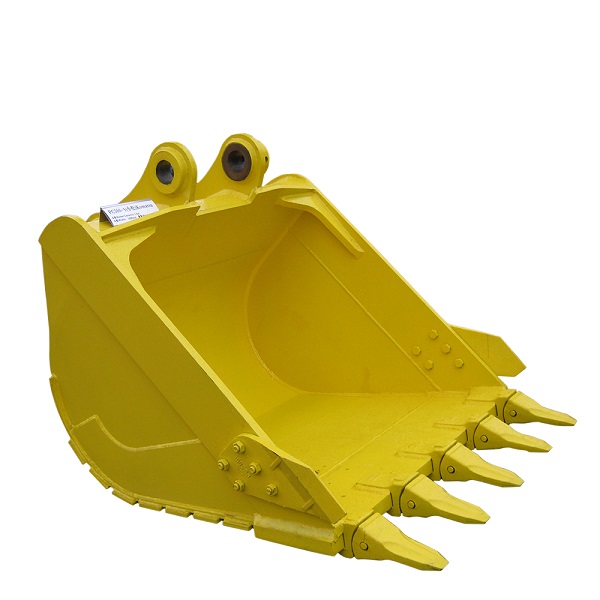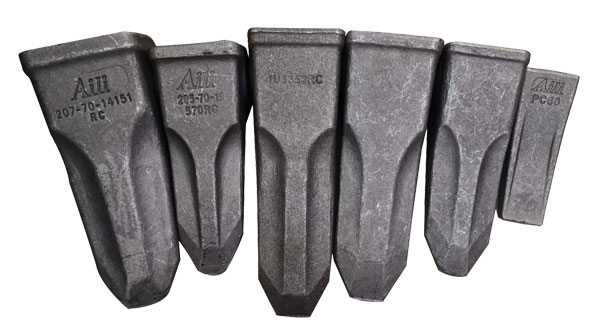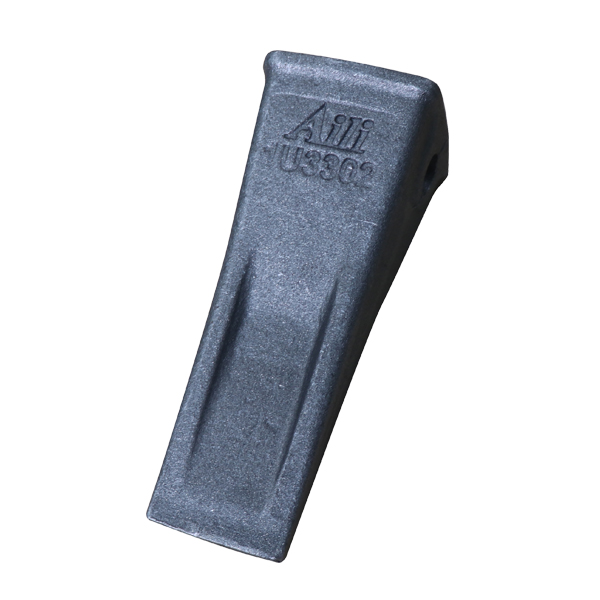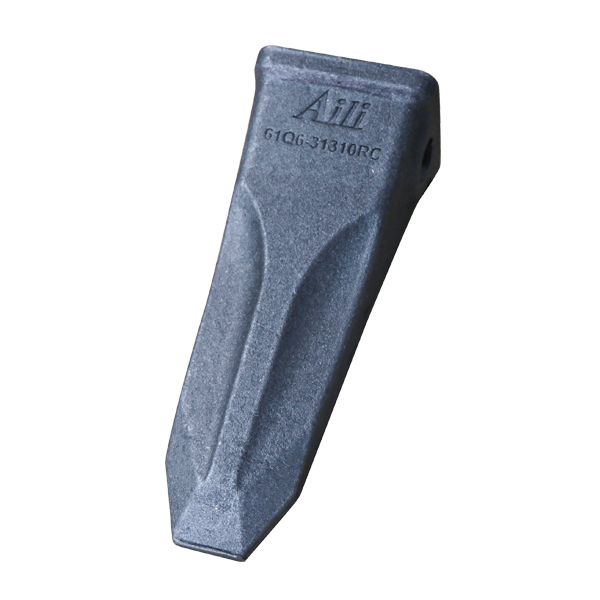The bucket tooth of excavator is one of the main damaged parts of excavator ,Similar to a human tooth, it is composed of a tooth and adapters , which are connected by a pin and retainer. Due to the wear and tear of the bucket, the tooth is the invalid part,so long as the tooth is replaced.
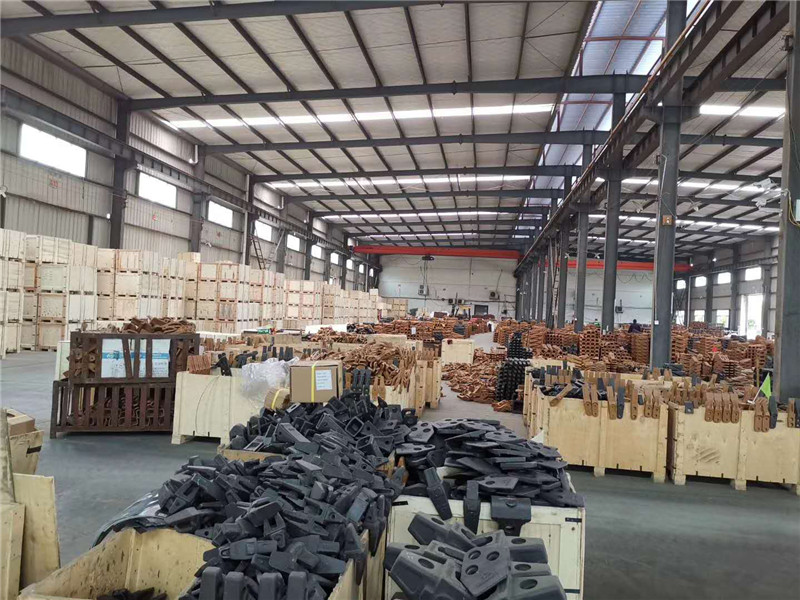
 1、 Structure and function of bucket teeth
1、 Structure and function of bucket teeth
According to the bucket tooth base. Generally, there are two types of bucket teeth of excavators, which are direct mounted and transverse mounted. Vertical installation means that the pin shaft is vertically installed with the front face of the digging bucket tooth; the horizontal installation type refers to the parallel installation of the pin shaft and the front face of the digging bucket tooth
(Vertical installation/ horizontal)
Vertical installation type: it is convenient to disassemble and install directly from above with large operation space. During the excavation, the tooth pin installed directly will be subjected to the extrusion pressure of the excavated material. If the digging force is large, the clamping force of the rising spring cannot meet the requirements, which will easily lead to the tooth pin falling off.
Therefore, the Vertical installation type is generally used in excavators with smaller excavators and lower tonnage.
Horizontal mounting type: it is not convenient to disassemble, the side operation space is small, the power is more difficult, when disassembling a single bucket tooth, it must be disassembled in order to use special long rod tools. In the excavation, the front of the transverse gear pin will not be subjected to the extrusion pressure of the excavated material, and can withstand the excavation force, but the swelling spring in the use of reciprocating lateral force, easy to wear, failure, resulting in tooth pin fall off.
So the horizontal installation is generally used in the excavation force of more than 20 tons on the excavator.
According to the use of excavator bucket teeth environmental classification. Excavator bucket teeth can be divided into rock teeth (for iron ore, stone, etc.), earthwork teeth (for digging soil, sand, etc.), conical teeth (for coal mines). But the shape of bucket tooth of different brand excavator also has its own characteristic.
(Rock tooth/earth tooth/cone tooth)
Why do excavators install bucket teeth? With so many bucket teeth, we can also see:
1. Protect the whole bucket. Bucket teeth are wear parts, because the bucket in the operation of wear, coupled with the bucket teeth, to a certain extent to protect the bucket.
2. Make the operation more elaborate. For delicate operations, it is impossible to achieve without bucket teeth.
3. Easy to dig and shovel. Bucket teeth are conical, bucket teeth and teeth between is a blank, so that the force of the whole bucket, acting surface is small, pressure will be increased, the work will be more smooth.
4. It can buffer the whole machine after digging hard things.
2、 Purchase of bucket teeth
Generally, there are differences between cast and forged bucket teeth. Generally, forged bucket teeth are more wear-resistant and have greater hardness. The service life of forged bucket teeth is about 2 times that of casting bucket teeth, and the price is about 1.5 times of casting bucket teeth.
Casting bucket teeth: casting liquid metal into the casting cavity corresponding to the shape of the part, and then cooling and solidifying the liquid metal to obtain the parts or blank is called casting. The mechanical properties, wear resistance and service life of castings are lower than those of forgings.
Forging bucket teeth: the forging machinery is used to exert pressure on the special metal blank, which is extruded at high temperature to refine the crystal material in the forging to produce plastic deformation so as to obtain certain mechanical properties. After forging, the structure of the metal can be improved, which can ensure that the forging bucket tooth has good mechanical properties, more wear resistance and longer service life.
Of course, when purchasing bucket teeth, we also need to see what kind of bucket tooth model the excavator is used in any working environment.
General excavation, loose sand, etc. to use flat bucket teeth. Secondly, RC type bucket teeth are used for digging massive hard rocks, and TL type bucket teeth are generally used for digging massive coal seams.
In addition, in the actual operation process, most people like the common RC bucket teeth. The small editor suggests that the RC type bucket teeth should not be used in general, and the flat mouth bucket teeth should be better used, because after the RC bucket teeth are worn for a period of time, the digging resistance is increased and the power is wasted, while the flat mouth bucket teeth always maintain a sharp surface in the wear process, so as to reduce the digging resistance and save fuel oil.
3、 bucket tooth maintenance and prolong the service life of the proposal
1. In the process of using the bucket teeth of the excavator, the outermost bucket teeth are 30% faster than the innermost worn parts. After a period of time, the inside and outside of the bucket teeth can be exchanged.
2. During operation, the driver of excavator should be perpendicular to the working face when digging under the bucket teeth to avoid breaking the bucket teeth due to excessive inclination Angle.
3. Do not swing the excavator arm from side to side in the case of great resistance, as it is easy to fracture the bucket teeth and tooth base due to too much force on the left and right sides, without considering the force design on the left and right sides.
4 when the tooth base wear off 10% after the recommendation to replace the tooth base, wear too big tooth base and bucket teeth have a large gap, so that the bucket teeth and tooth base coordination, and the force point has changed, bucket teeth due to the change in the force point and fracture.
Post time: Nov-11-2020


